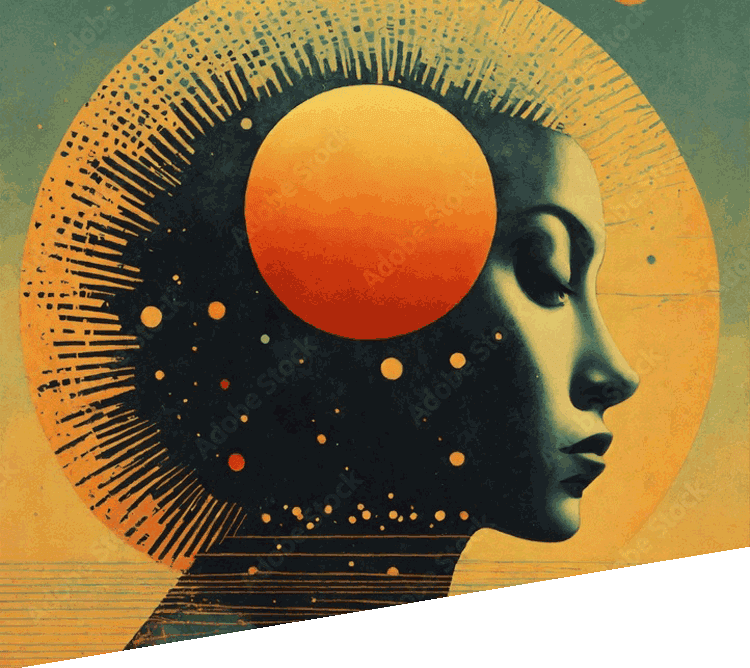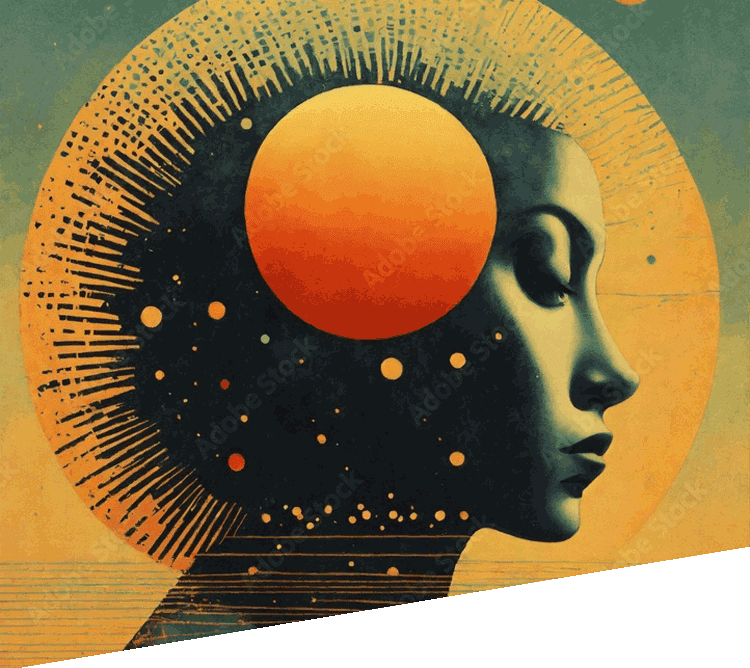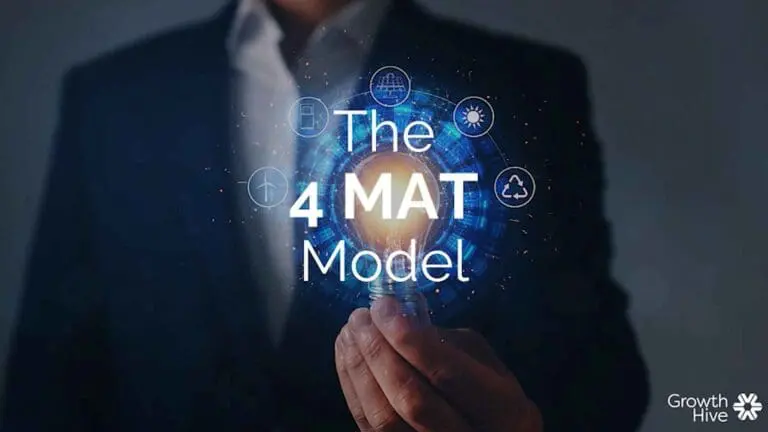For as long as I can remember, and certainly back to my primary school days, I have been fascinated not just by people, but also by the fact that people are not all the same. Yes, there are many, many similarities, but what really makes us interesting are our differences, and what we do with these differences. In some organisations, difference is considered a bad thing and so the unconscious aim seems to be to identify those who are different and then work to be rid of them so that we can have teams consisting of homogeneous units, and generally speaking these are but reflections of the boss. In reality, however, if we are to develop strong and successful teams within strong and successful organisations, we need to seek out and encourage difference.
In a coaching context, this element is very often the starting point of the journey, to start (or continue) the process of getting to know oneself (the words carved over the entrance at Delphi). There are many, many tools to help us with this process (and over the weeks and months some of them will be appearing on this website), but I’ll start here with my favourite, The TEA Model.
We can identify the origins of this model back to Plato (and probably earlier) where he talks of the two horses of Heart and Gut being reined in by the charioteer of Head.
We can use this model in many ways but for this article I want to explore difference.
We all of us have the three elements of Head (Thoughts and Internal Processing and Beliefs), Heart (Feelings and Emotions and Values), and Gut (Behaviours and Experience), but because we cannot pay attention to everything all at once we develop a preference for one of the three over the other two.
We use this preference as our way of navigating our way through the world. We find that some parts of our preference really work for us and so we develop those parts of ourselves; others don’t work so well and so we stop using them as much. Out of this wonderful stew of experience we start to develop what we call our personality. As we go out into the world, we meet other people and find that we like and respect some of them, but others we find distinctly odd.
You might be a very logical person who likes to use facts and figures and data to help you make your decisions who then comes across another person (and you may not have to stray far to find them if you have brothers and sisters) who keeps on overusing the word “feelings” who seems to use emotions and how they feel about situations to make their decisions. Even worse (to a Thinker) are those others who just seem to “know” instantaneously what decision they have come to and may even have acted upon it already.
At this point in our development, there are a few options, but many immediately come to the conclusion that these other people who process the world very differently are wrong, and there is no question about this, and they then have every excuse to ignore the other person.
Others will recognise that there is no right way to decide on issues and that if we bring all three people together, their joint decision is more likely to be a better one.
When people get to this point (and it may be their starting point), things start to change.
Part of the coaching process is gaining a better understanding of yourself and others and using this as another tool for developing.






